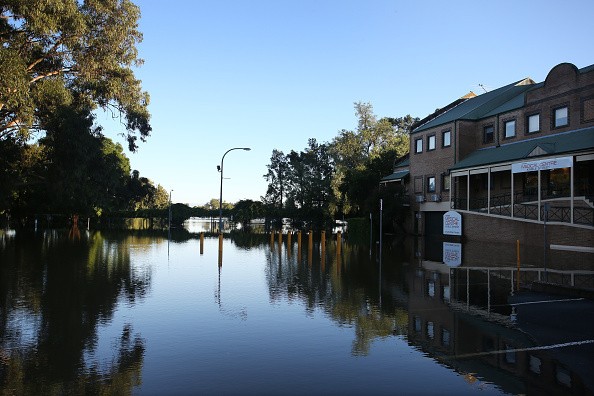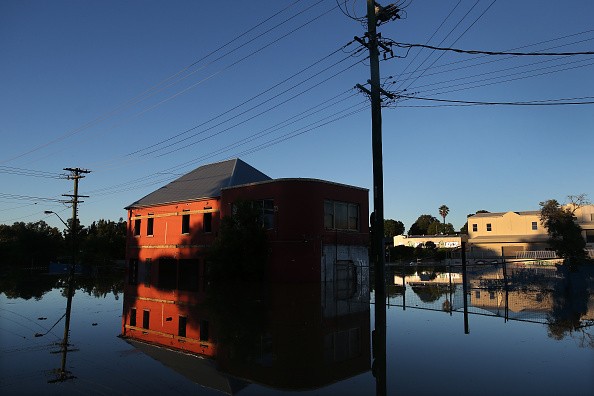The Australian Academy of Science said that heatwaves will be twice as much and several properties will be uninsurable if global heating reaches 3C

Global Warming
According to Australia's leading researchers, Global heating of 3C would be more than twice the number of yearly heatwaves in some parts of Australia, leave properties uninsurable because of fire risk and flood, and make most of the country's ecosystems "unrecognisable".
The Australian Academy of Science is urging the Morrison authority to hasten the country's trasition to net zero greenhouse gas emissions in an announcement that assesses what Australia could seem like in a 3C world.
The examination paints an awful image in which heatwaves in states such as Queensland would suffer seven times annually and persist for 16 days at a go, and unusual fire seasons such as the 2019-2020 fire crisis become a frequent occurance.
Decrease in Emission
The report's authors explained that what Australia and other countries did to decrease emissions over the next decade would be captious as it would decide what happened in the second half of our present century.
University of Queensland's biologist and climate scientist Prof Ove Hoegh-Guldberg explained that when you add up what's going on, they are not doing as suppose and they have to change the game to prevent a future with consequences.
Temperature Rise
The earth has been warmed already since pre-industrial times by 1.1C and based on present commitments by countries under the Paris agreement, is in place for an average 3C temperature increase.
The report assesses how that would impact Australia's food production, towns, health and wellbeing cities, and ecosystems - and that Australia's contribution must be to guarantee global heating stays well below 2C, as agreed under the world climate deal in 2015.
Decrease in Rainfall
Australian National University Climate Change Institute's Prof Mark Howden explained that Australians had already encountered a rise in heat and a decrease in rainfall as an outcome of the climate disaster.
He further disclosed that a 3C planet could cause "heat stress" temperatures becoming a daily experience in northern areas of Australia. What was initially considered nationally, a hot yar would turn into a cool year.
He reveals that this would present considerable challenges for human health and food systems though "there are adaptiveactions we can put in place", such as good warning systems for regulating the health impacts of floods and heatwaves, and constructing green and clean hospitals.

Net Zero Emissions
While its examination of a 3C world is exposed, the report paints a much more productive image of what authorities can do now and over several years to maintain global heating to within 2C.
The researchers reported that Australia lags behind the best method shown by several other countries. Their 10 suggestions include a need for the Morrison government to hasten the transition to net zero emissions "considering how much Australia has to lose if greenhouse gas (GHG) emissions are not decreased.
Related Article : 68 Percent Less Greenhouse Gas Emissions, a Huge Challenge for UK
For more news, updates about net zero emissions and similar topics don't forget to follow Nature World News!
© 2025 NatureWorldNews.com All rights reserved. Do not reproduce without permission.





